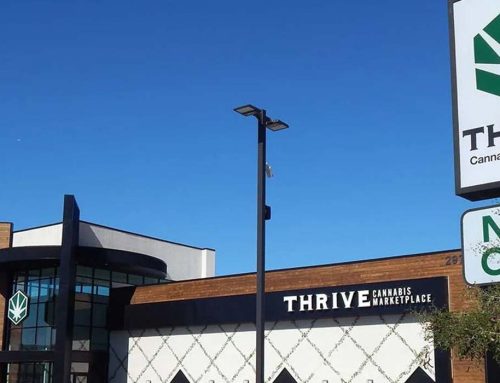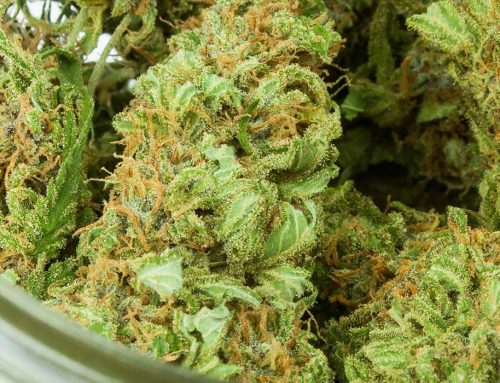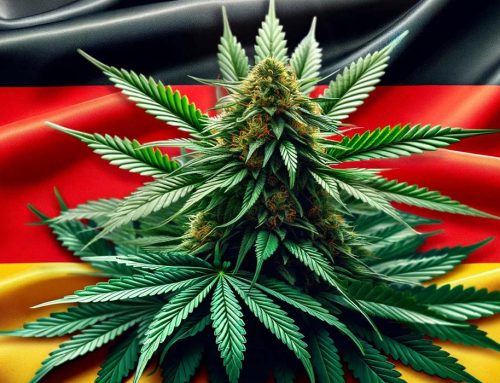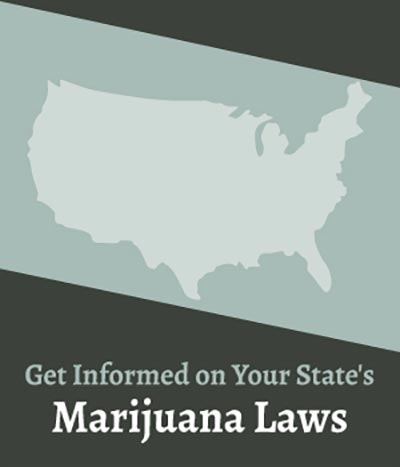The Trump administration appears to be pursuing two different marijuana policies—one public and one secret. In public remarks, Trump has said he supported a bill that would end the threat of federal prosecution of legal state business. In private, however, the administration has sought negative information on marijuana from federal agencies, apparently in anticipation of a move against marijuana.
In remarks to reporters in June, Trump said he supported the Strengthening the Tenth Amendment Through Entrusting States Act. The STATES Act would grant legal states freedom to have their laws in conflict with federal law. The act would allow marijuana businesses in legal states to access the federally regulated banking system, exempt state-legal retailers from federal prosecution, and legalize industrial hemp.
In private, however, the administration is pursuing a different policy. As reported by BuzzFeed News, a group known as the Marijuana Policy Coordination Committee (MPCC) has asked fourteen federal agencies for “data demonstrating the most significant negative trends” about marijuana and the “threat” that it poses to public safety. A search for government sites does not reveal this committee or its members.
The White House does, however, have a web page that recites some well-known and oft-challenged claims about the “adverse health effects” of marijuana, including “addiction to other substances and dependency,” also known as the gateway drug theory. The gateway drug theory has been challenged by such respected research institutions as the RAND Institute. In a 2002 study, RAND found that:
[T]he phenomena supporting claims that marijuana is a gateway drug also support the alternative explanation: that it is not marijuana use but individuals’ opportunities and unique propensities to use drugs that determine their risk of initiating hard drugs. The research does not disprove the gateway theory; it merely shows that another explanation is plausible.
According to the MPCC, “The prevailing marijuana narrative in the U.S. is partial, one-sided and inaccurate,” yet the White House’s web page on marijuana offers many inaccurate or misleading statements that put marijuana in a negative light. For example, the White House web page says that “Public safety issues related to marijuana include the use of public and tribal lands as grow sites for marijuana.” While this is a real problem, the statement ignores the fact that the Trump administration has moved to reduce the size of two national monument lands to make way for ranching and mining. In December 2017, Trump signed an executive order drastically reducing the size of the Grand Staircase-Escalante national monument and the Bears Ears national monument, both in Utah. Bears Ears was reduced from almost 1.5 million acres to almost 229,000 acres, and Grand Staircase-Escalante was reduced from 2 million acres to about 1 million. This reduction was hailed as a victory for mining and ranching interests and opposed by many Native Americans.
Another claim of the White House site is that “amateur preparation of marijuana extracts, which usually involves butane (lighter fluid), is very dangerous.” This is also true, but one obvious way to reduce the number of unsafe amateur extraction laboratories is to legalize and regulate marijuana production.
Finally, the White House site claims that marijuana has “a high abuse potential and no approved therapeutic use through the Food and Drug Administration (FDA).” In truth, the FDA has approved a marijuana-based drug, Epidiolex, which is the brand name of a CBD preparation. Also, studies have shown that, like any other drug, marijuana can be abused and create dependency, but it is notably less risky than alcohol, tobacco, and many prescription medications.
What do you think? Will the Trump administration make a public move against the legalization trend? Leave a comment below.






